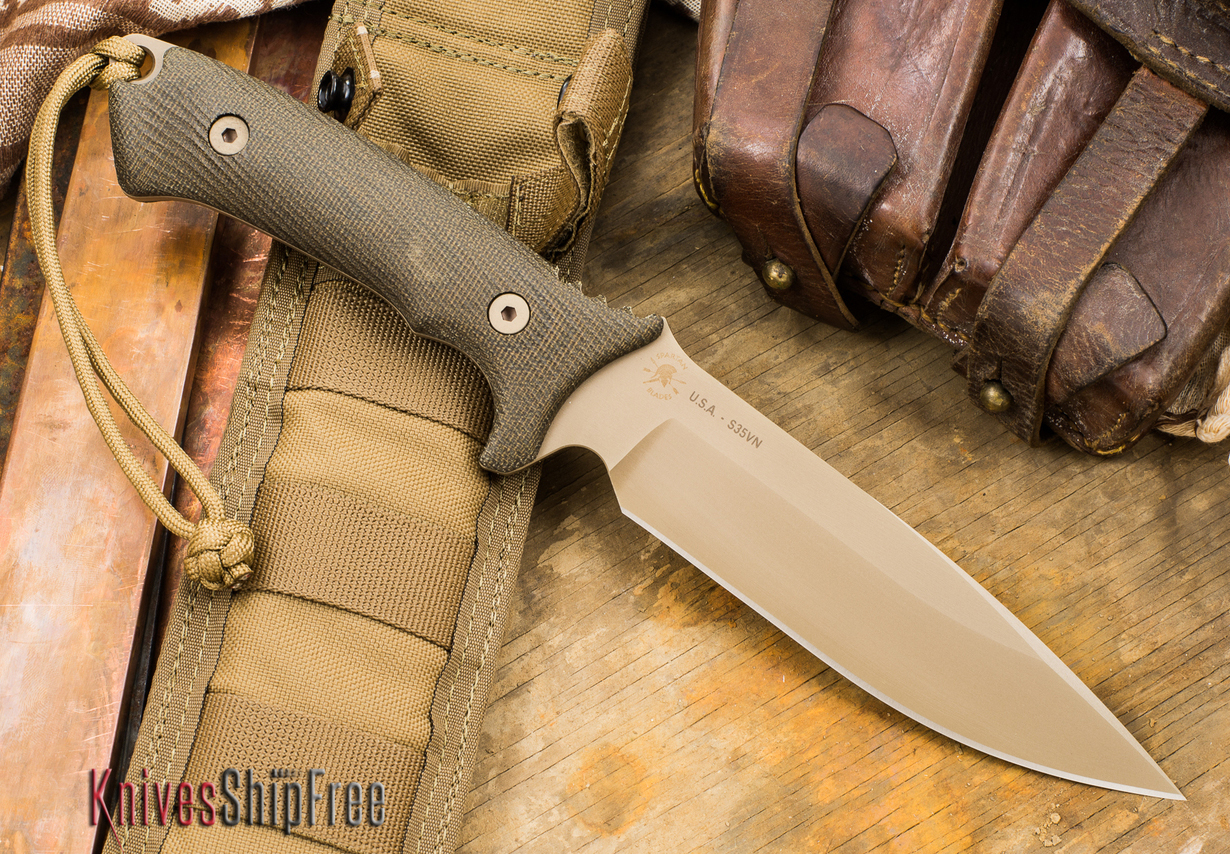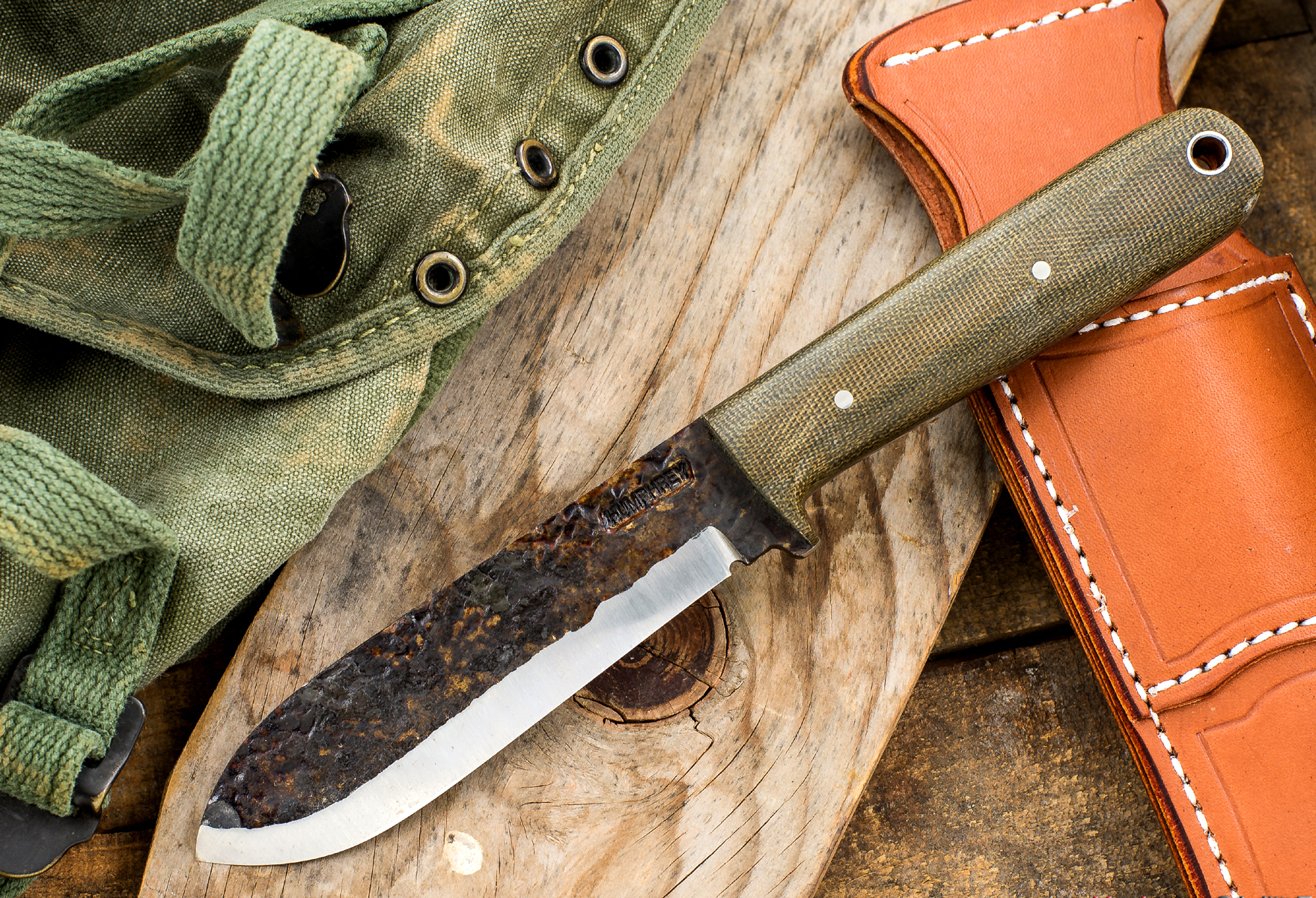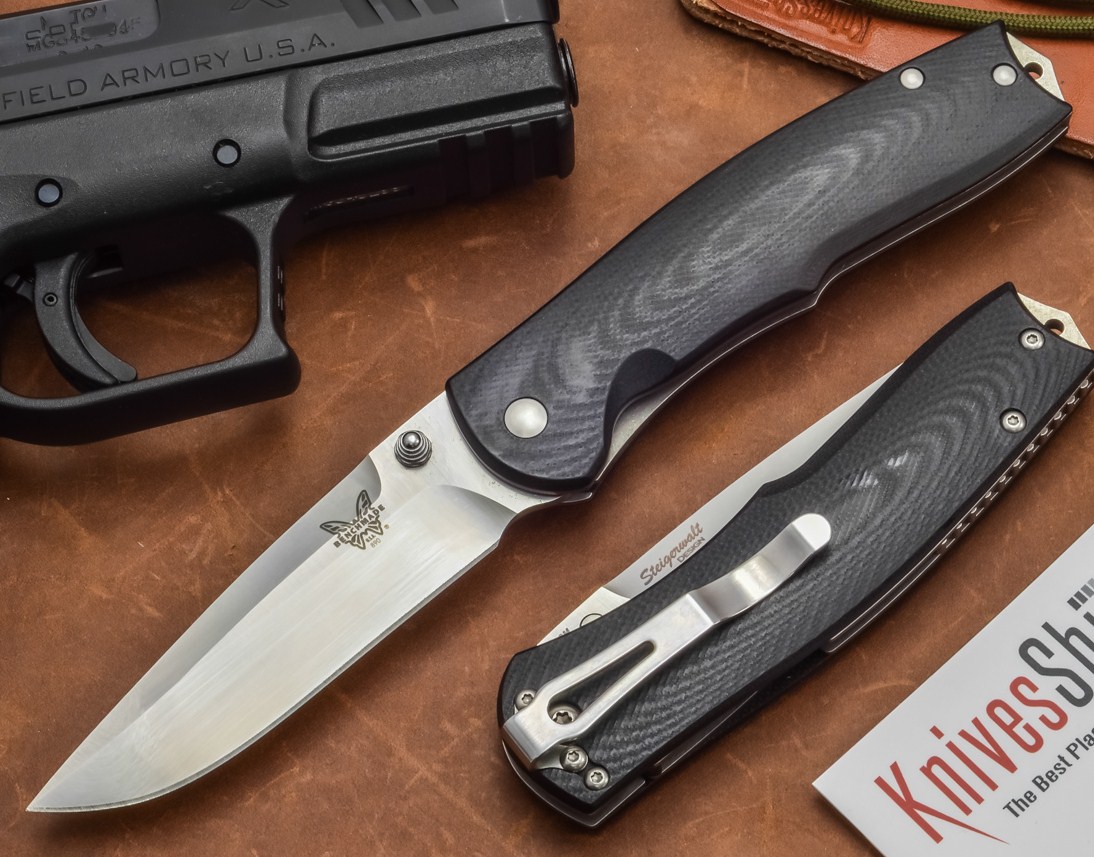FAQ: What's the best knife for a 'Bug-Out Bag'?
13th Aug 2015
We're hearing this question a lot more often these days, as "prepping" becomes more popular. And while it may sound like the age-old search for the perfect survival knife, it's not quite the same quest.
For the uninitiated, a "Bug-Out Bag" (or "BOB") is a portable collection of gear and supplies designed to support personal survival for a few days, typically in the event of a natural or man-caused disaster. It's not a new concept, really -- law-enforcement and military personnel have "72-Hour Kits," residents of the Gulf Coast are familiar with "Hurricane Bags," and so on.
Those of us who spend a lot of time at the office (or otherwise away from home) often pack something called a "Get-Home Bag" to sustain us when we have to make our way back to our families through a snowstorm, the aftermath of an earthquake or other unforeseen circumstance.
Obviously, a knife can come in handy in a disaster situation, making it an essential addition to a BOB. Here are a few of our thoughts on choosing a "bug-out knife."
Let your environment refine your choices.
If you're playing the preparedness game right, you're aware of your surroundings. You know the type of terrain in which you'd be deploying your BOB, and that knowledge will help you decide what kind of knife you're likely to need.
Bugging out (or getting home) through an urban environment may require a different knife than trekking to (or through) the North Woods or the high desert. Predict what you'll ask a knife to do, and then narrow your options to knives designed to excel at those tasks.
Consider a knife that's smaller than your first choice.
It's easy to be seduced into believing that a bigger knife is always better, especially when contemplating disaster scenarios. That's not necessarily the case, however.
Be open to the possibility that a slightly smaller version of the same knife may be just as capable. Keep in mind that you may have to haul your BOB out of your trunk and hump it cross-country or through miles of cluttered streets. At that point, every ounce can feel like a pound.
Naturally, function matters above all, and a relatively large blade might be the right choice for your BOB. Just don't carry more knife than you really expect to need.
Buy the best knife you can afford to ignore until you need it.
You may need to stake your life on this knife, so you want it to be the best that your bug-out budget can absorb. You needn't go crazy on exotic handle material and a custom sheath, of course, but this is no time to go cheap.
It should probably be a fixed-blade knife, by the way.
Once you have your knife, pack it in your BOB and leave it there -- that's where it belongs. Don't be tempted to press it into duty for hunting, camping or cookouts. Dedicate this knife solely to bug-out duty.
We're knife people, so we know it can be tough to ignore a perfectly useful knife. Just resolve to leave this one alone 'til you need it.
Got it? Good. Now choose another knife -- a second knife.
We've talked before about Nessmuk, Kephart and their "systems." The woodsman's practice of carrying more than one knife works just as well for a BOB.
Using the same guidelines that led you to your primary bug-out blade, pick out a smaller knife -- a multi-blade pocketknife, a single-blade folder or a small fixed blade -- and pack it in a different part of your BOB (like an outside pocket). Thus equipped, you'll now have an additional, more nimble tool for finer bug-out tasks.
Again, this should be a knife dedicated to your BOB. Don't try to convince yourself that the slipjoint you carry in your pocket every day will fill this role -- Murphy's Law says that you may not have it on you when you really need it.
Finally, be prepared to maintain your knives.
Did you forget about this? Most people do -- even hardcore preppers.
When you assemble your BOB, be sure to pack some way to maintain your blades -- a compact leather hone pre-loaded with compound, a simple stone or a ceramic rod. If you get caught without a way to restore your edges, you can improvise with a leather belt, the bottom of a coffee mug or the edge of a car window. (For more tips, check out ' When Good Edges Go Bad.")



